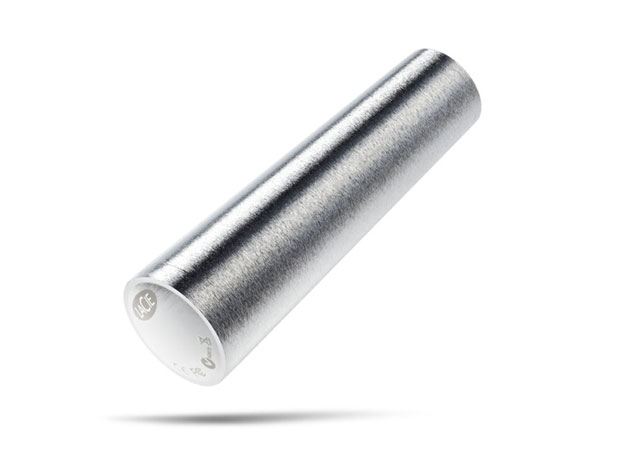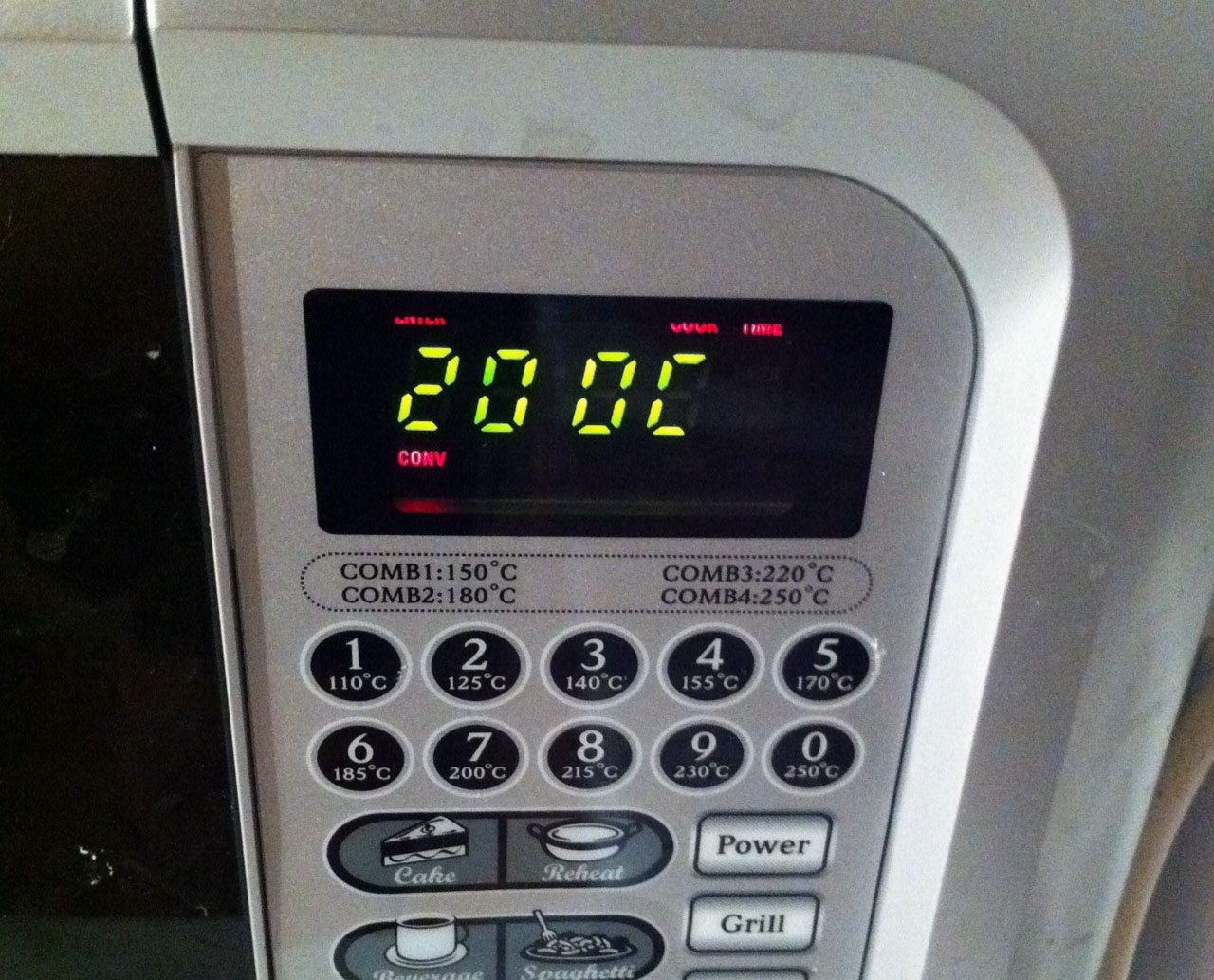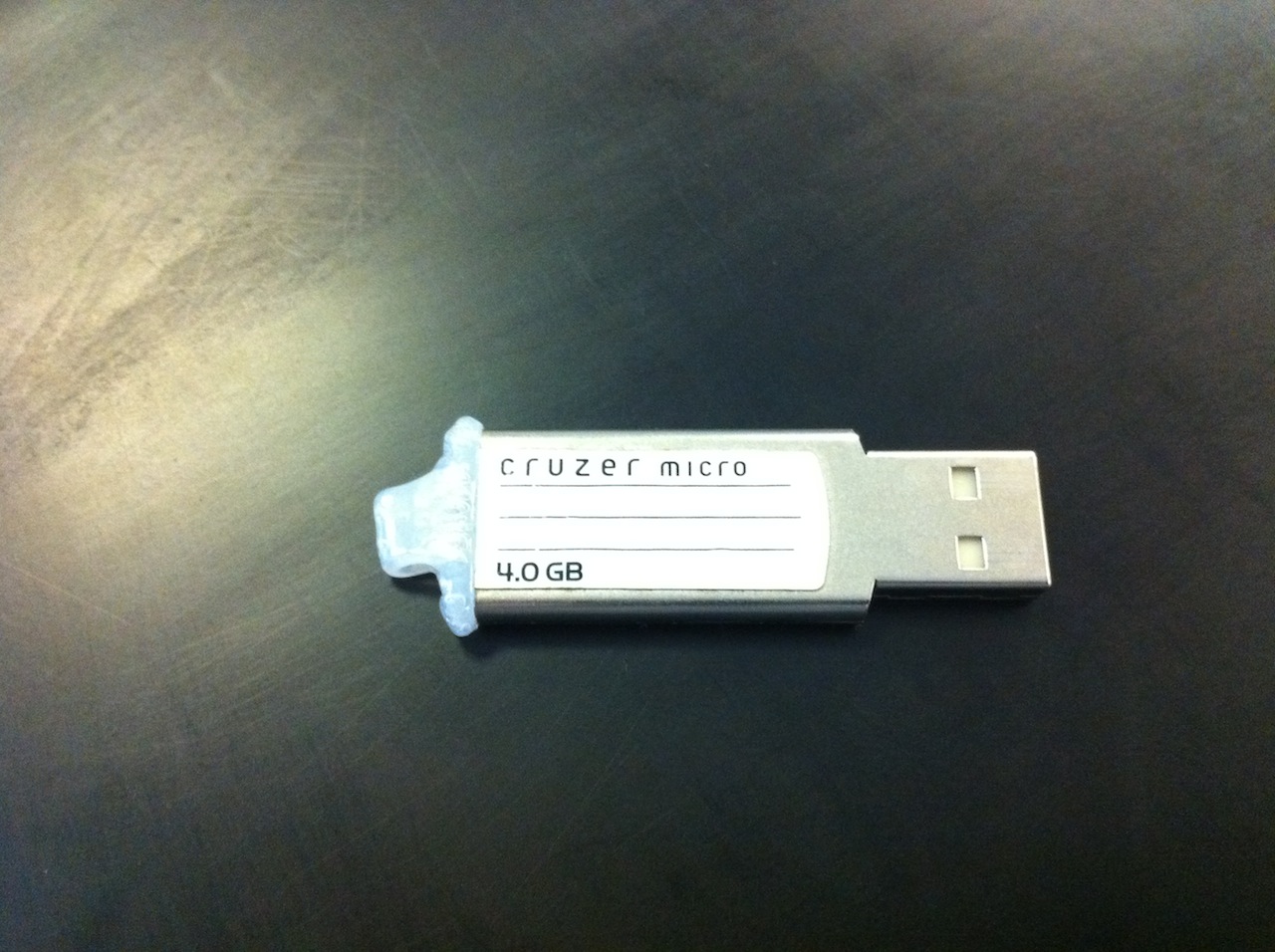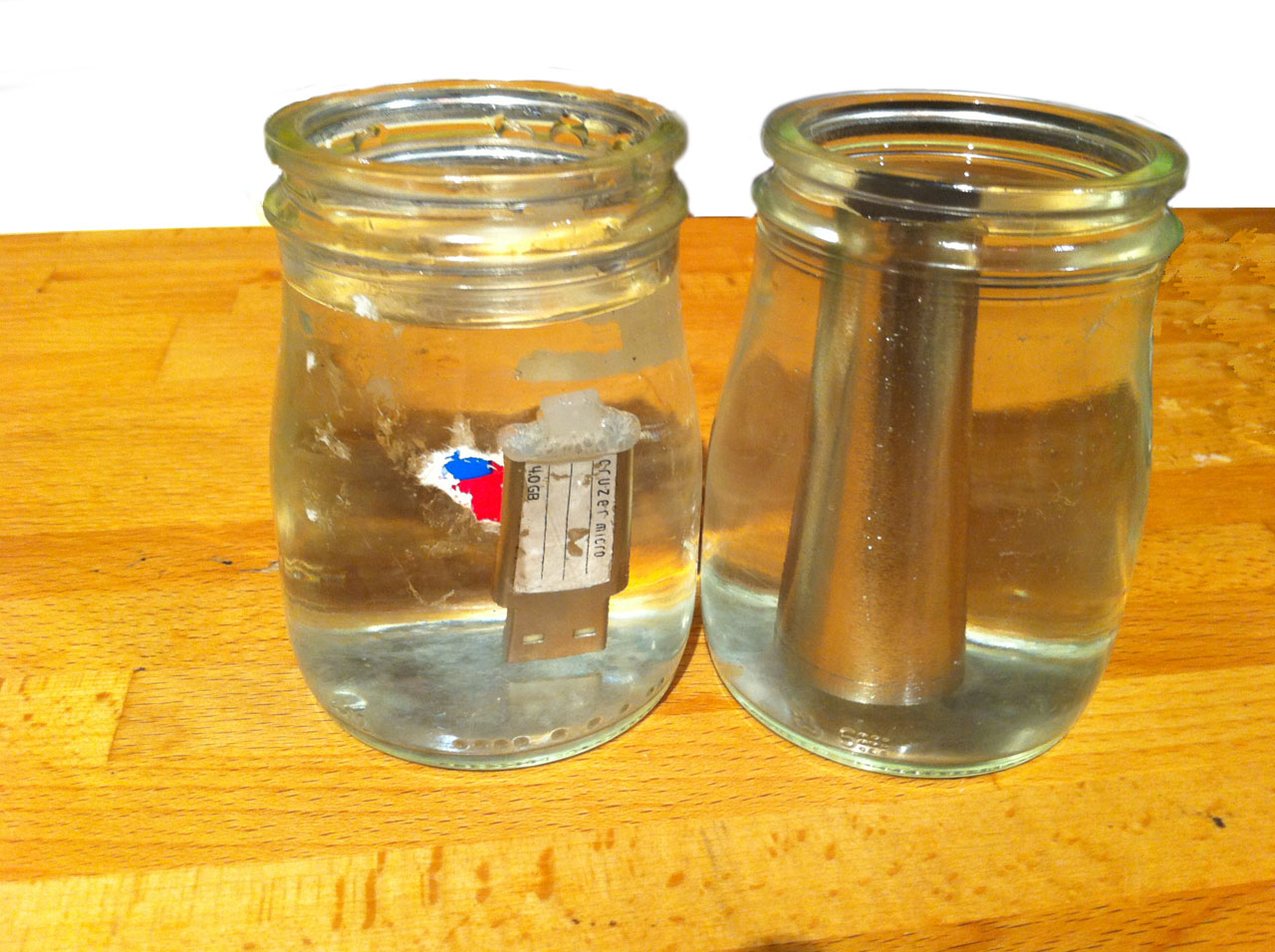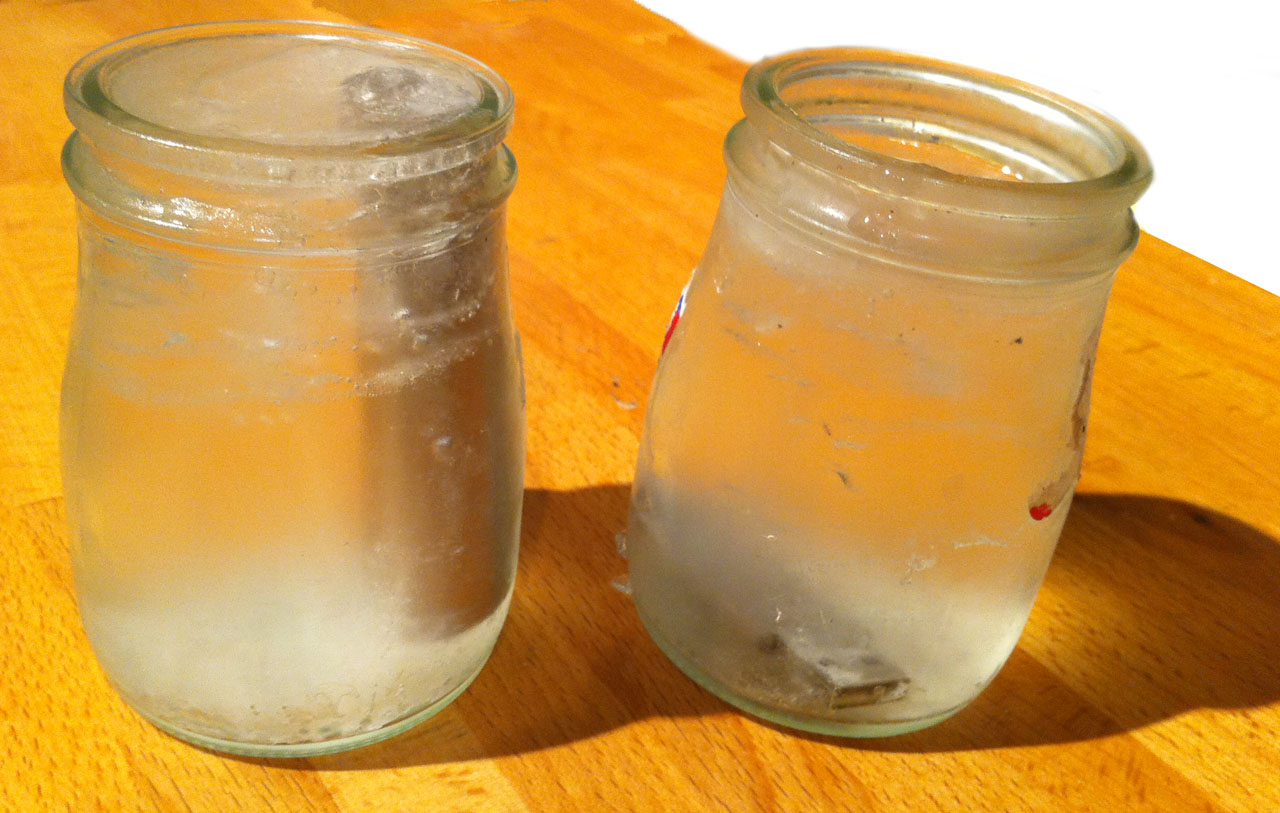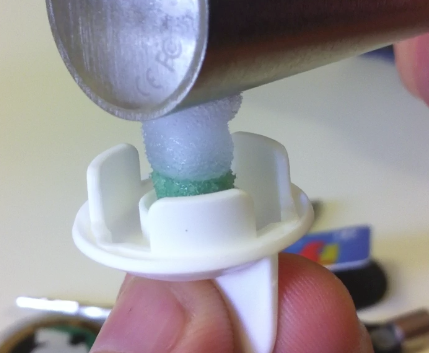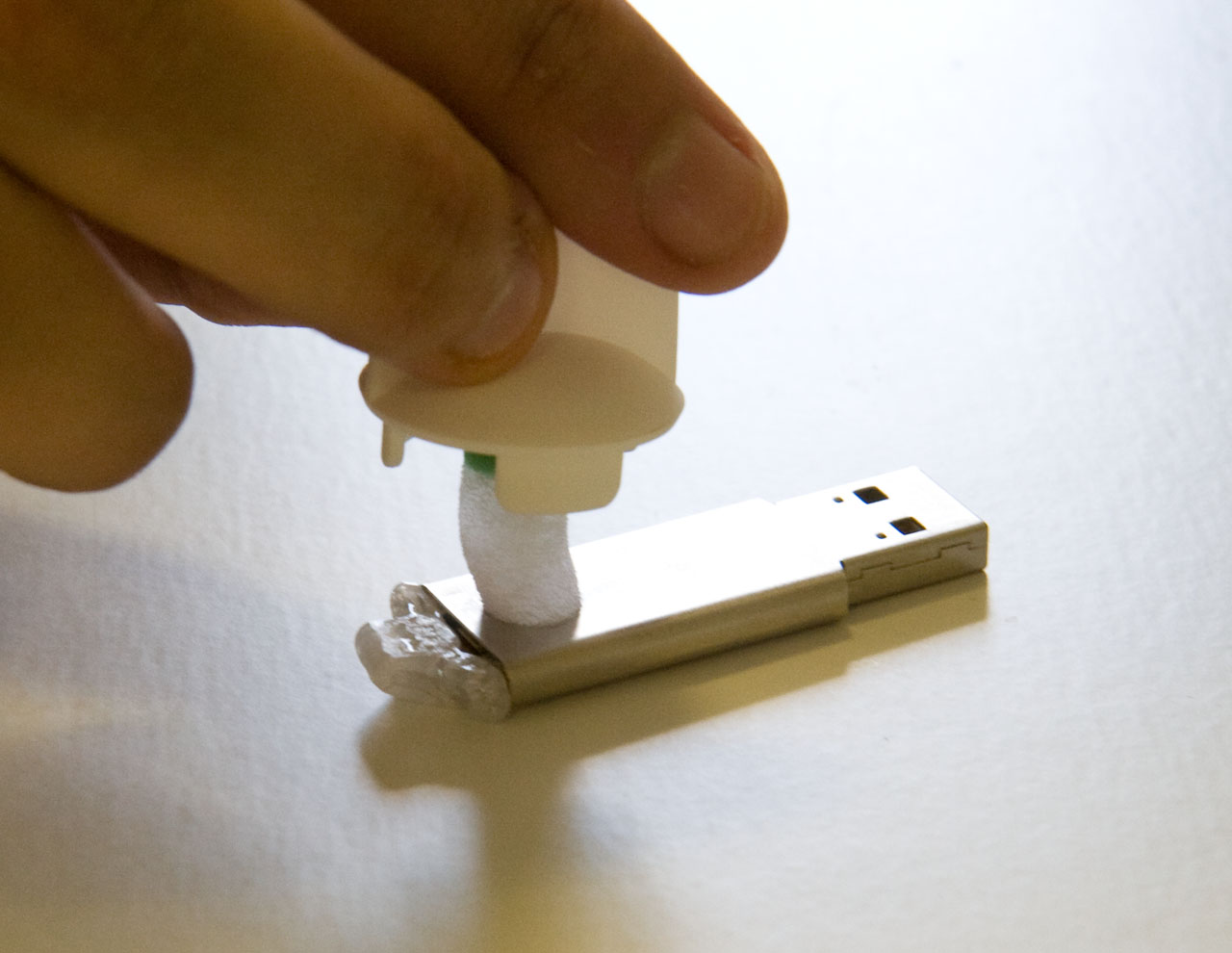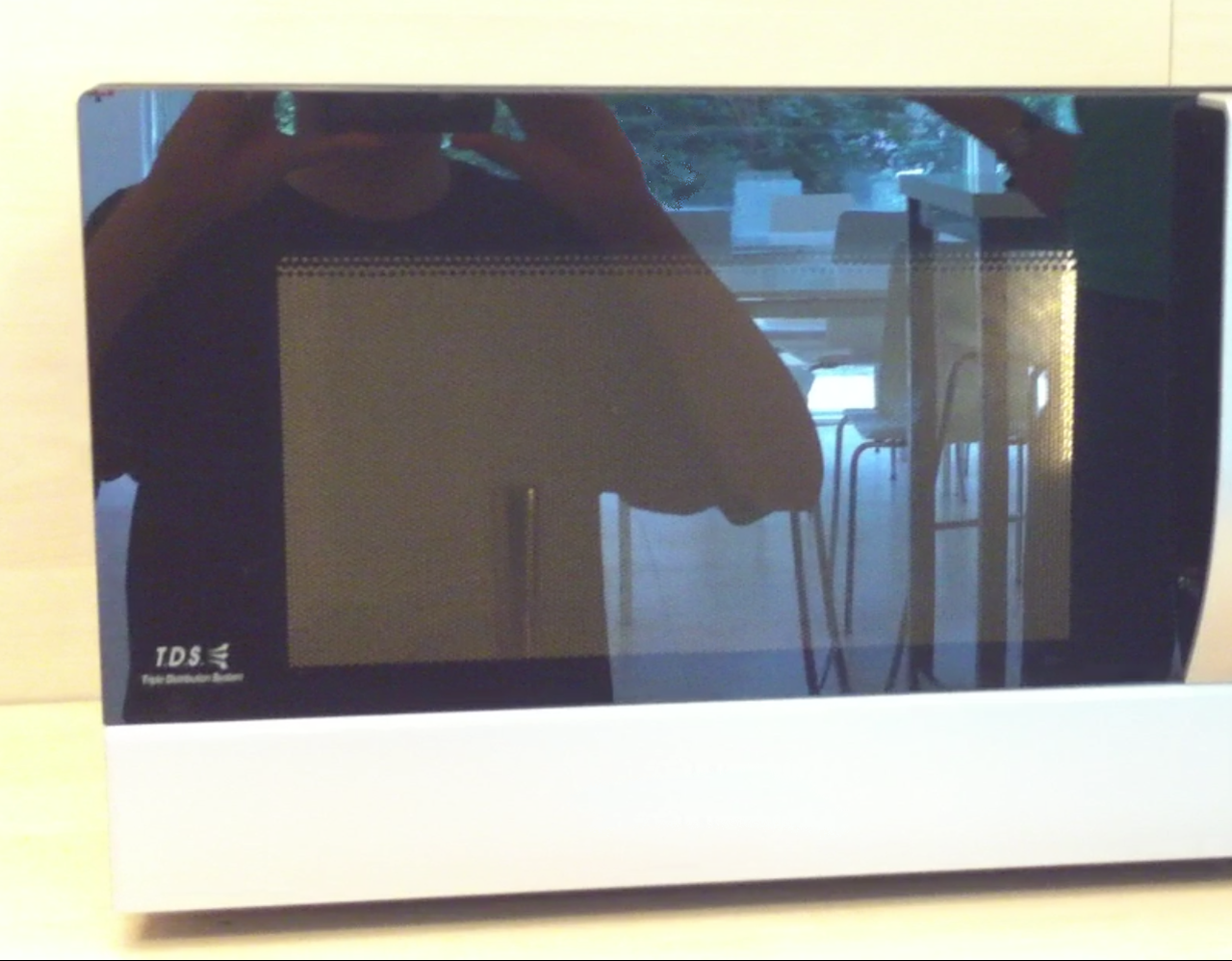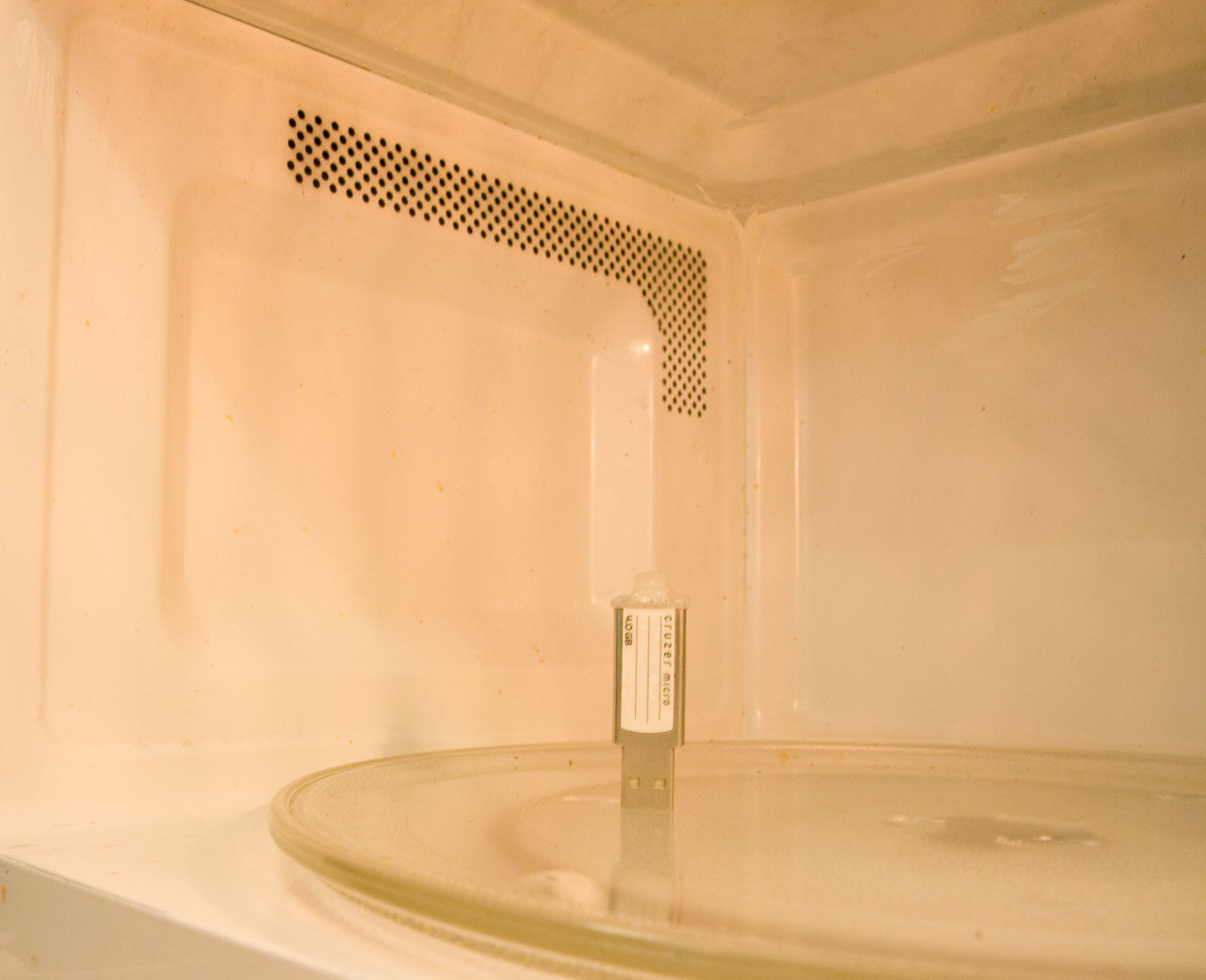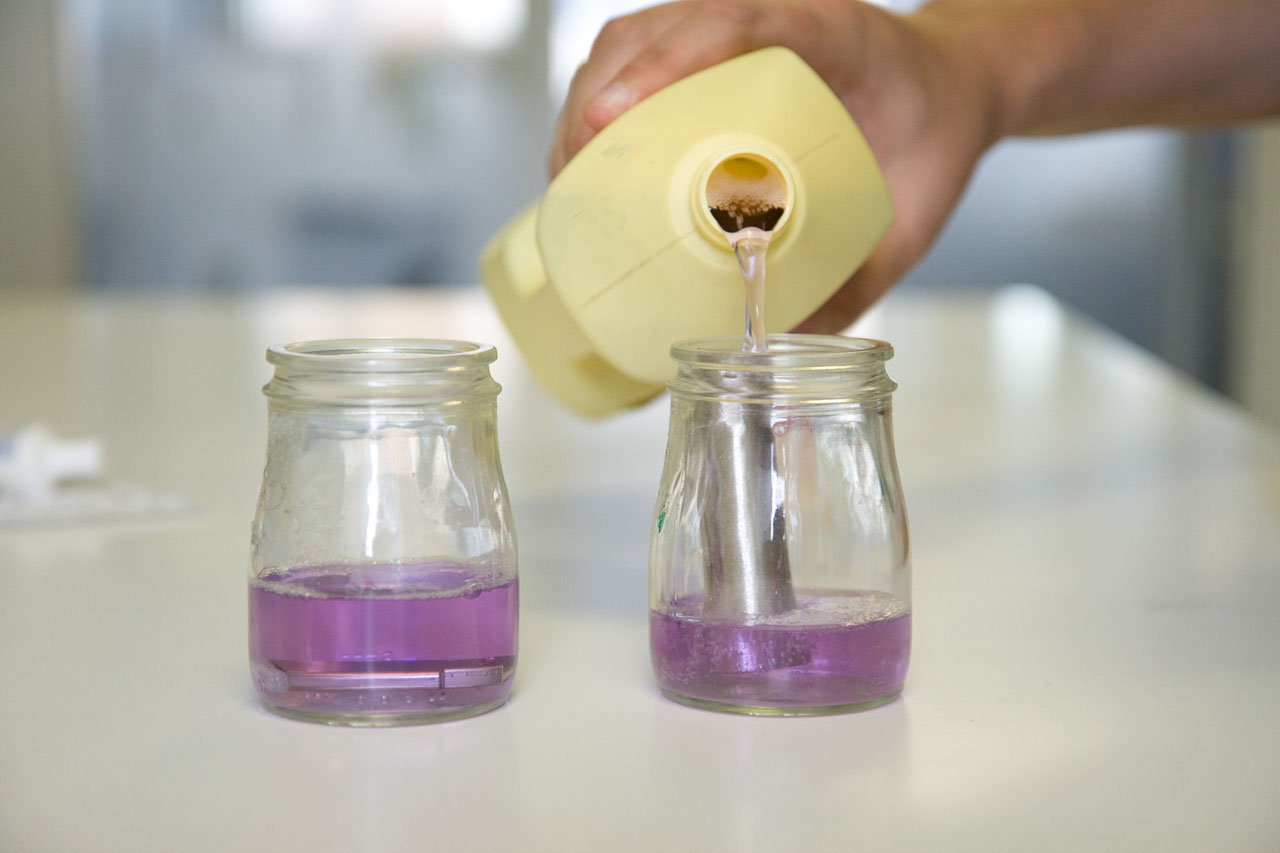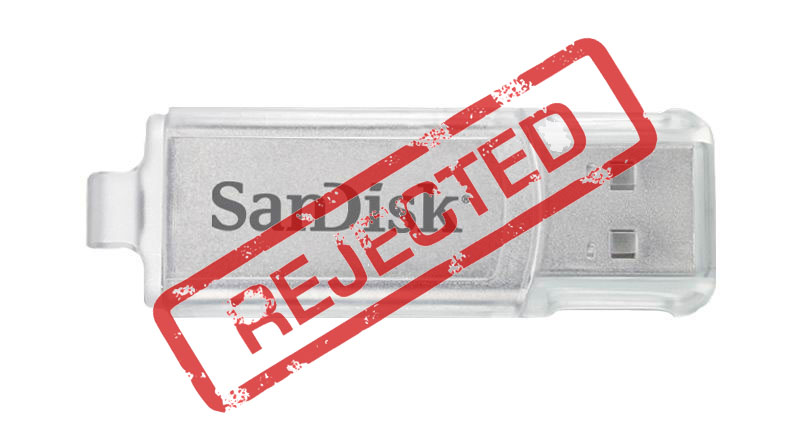On The...Torture Rack? LaCie's Unbreakable USB Thumb Drive
An Unbreakable USB Key?
Today we have a set of test lines up that are certainly not par for Tom's Hardware: we're putting LaCie's XtremKey through hell and back. This USB key is marketed as being very sturdy: “With its impenetrable shell, the LaCie XtremKey is a USB key that’s extremely durable, with industrial-strength protection. The XtremKey is constructed with zamac, a metal alloy composed of zinc, aluminum, magnesium, and copper.”
The Tom's Hardware staff prides itself on in-depth testing. And impenetrable is a mighty strong word to use in a marketing document. So, we decided to torture this USB key to see just how robust it really is.
First, a note on performance: LaCie claims a 40 MB/s read speed and a 30 MB/s write speed, but we measured (on the 16 GB version) 38 MB/s (which is still very good) and 12 MB/s (note that LaCie claims only 15 MB/s for the 8 GB version).
Test 1: In A 200°C Oven
For the first test, we baked the USB key in an oven heated to 200°C (392°F) for 25 minutes. And no, we didn’t forget to preheat.
Verdict: No effect on the USB key, which LaCie says is capable of withstanding that temperature.
Test 1: In A 200°C Oven, Cont.
We ran the same test on our first control USB key (there will be others), a metal SanDisk Cruzer Micro.
Verdict: That key suffered a little; especially the part that’s made of plastic, which started to melt. But it still worked perfectly once it cooled down.
Get Tom's Hardware's best news and in-depth reviews, straight to your inbox.
Test 2: In The Freezer
Take two USB keys. Place them in water-filled containers. Place the containers in the freezer overnight. Yield: Two USB keys frozen in blocks of ice.
Verdict: The USB keys work. Neither the cold nor the water seem to bother them. This would explain why I've yet to kill a thumb drive by putting it through the washing machine on accident.
Test 2: In The Freezer, Cont.
As you can see, the USB keys are frozen in ice.
Verdict: The control key, even though it made no particular claims as to robustness, suffered no ill effects.
Test 3: Cold. Extreme Cold
For the next test, we chilled the USB keys with a mixture of propane and dimethyl ether, which can reach a temperature of approximately -57° C (-70.6° F).
Verdict: Nothing. The USB key was no more fazed than after we froze it in a block of ice.
Test 3: Cold. Extreme Cold, Cont.
The SanDisk USB key was given the same treatment.
Verdict: The metal can handle the cold. The key continued to function.
Test 4: In The Microwave
Now for a somewhat more extreme test: the metal key was placed in a microwave oven.
Contrary to popular belief, there was no sparking in the microwave from the LaCie USB key, since (quoting Wikipedia) "It is possible for metal objects to be microwave-oven compatible, although experimentation by users is not encouraged. Microwaving an individual smooth metal object without pointed ends, for example, a spoon or shallow metal pan, usually does not produce sparking." And the LaCie key is rounded, with no points or sharp corners.
Verdict: The USB key smelled a little burnt, but worked perfectly.
Test 4: In The Microwave, Cont.
The SanDisk USB key, however, did create electrical arcs. Its corners are sharp and pointed.
The microwave oven wasn't any the worse for the experiment.
Verdict: Despite the sparking, the USB key continued to work. What does it take to kill these things?
Test 5: Dipped In Caustic Soda
For the fifth test, we immersed the USB keys in a caustic soda solution used to unstop drains. Please note that this is a corrosive product and must be handled with care.
Verdict: The LaCie USB key is leak-proof and showed no ill effects.
Test 5 : Dipped In Caustic Soda, Cont.
With the SanDisk USB key, which is not leak-proof, it was a different story. During the test, a week ago, the key stopped working. So we replaced it with another USB key for the subsequent tests. But a week later (we do one test per day), it started working again.
Verdict: It stopped working, but came back to life a week later.
-
Why not try get a gun a shoot the LaCie USB drive and see if it is able to stop a bullet? If so, i will buy right away...Reply
-
alikum jupiter optimus maximusWhy not try get a gun a shoot the LaCie USB drive and see if it is able to stop a bullet? If so, i will buy right away...And chain them together and use as bullet proof vest?Reply -
iam2thecrowe you forgot the washing machine test (my usb stick has been through twice and survived) and the run over it with a lawnmower test (again my usb key survived!)Reply -
ta152h Next time use a better acid. Nitric Acid will dissolve many things normal acids can't. Of course, Hydrofluoric Acid would work quite well on just about anything, although not a strong acid.Reply
I would strongly recommend one more test. Let a goat eat it, and see what happens. The damn things eat cans, so they have a chance against this thing. If the goat displays unusually good memory a little while after eating it, you'll have your answer. -
jj463rd Some thermite with an igniter will do it in.So will some R.D.X. with a #8 blasting cap too.Reply -
cangelini Had this been performed in the US (our French team wrote it), you *know* I would have taken as much California-legal firepower to it as possible. Ever since that "CPU Shootout" two April 1sts ago, I've been itching to put a few more rounds into hardware.Reply
Call it payback for pre-production components that keep me up late at night troubleshooting...
